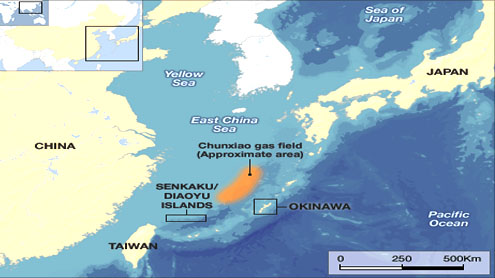 BEIJING: Hainan, an island province in southern China, is planning to develop six uninhabited islands this year, according to local official sources.“The islands are to be developed as tourist sites,” said Zhao Zhongshe, head of the Department of Ocean and Fisheries of Hainan Province, stressing that no real estate projects will be developed on the islands.An island census carried out in the 1980s showed that China had more than 6,500 uninhabited islands, or 93.8 percent of the total number of islands. The results of an ongoing island census will be released this year.From 2003 to 2005, a frenzy of island development swept China’s coastal areas, but was later called off by the central government over conservation concerns.On March 1 last year China promulgated the “Law on Island Protection”, which allows for the development of uninhabited islands with the approval of provincial governments or the State Council.
BEIJING: Hainan, an island province in southern China, is planning to develop six uninhabited islands this year, according to local official sources.“The islands are to be developed as tourist sites,” said Zhao Zhongshe, head of the Department of Ocean and Fisheries of Hainan Province, stressing that no real estate projects will be developed on the islands.An island census carried out in the 1980s showed that China had more than 6,500 uninhabited islands, or 93.8 percent of the total number of islands. The results of an ongoing island census will be released this year.From 2003 to 2005, a frenzy of island development swept China’s coastal areas, but was later called off by the central government over conservation concerns.On March 1 last year China promulgated the “Law on Island Protection”, which allows for the development of uninhabited islands with the approval of provincial governments or the State Council.
Under the law, new development projects on uninhabited islands will be subject to strict environmental impact assessments.However, such development has stirred controversy among those concerned about the difficulty of protecting the islands.According to Duan Deyu, vice director of the Ocean and Fisheries Bureau of the tourist city of Sanya in Hainan Province, divers destroyed and stole the coral, and tourists spoiled the vegetation of scenic spots.“We had inspections, but it was hard to control since there are so many tourists,” Duan said.“The uninhabited islands are scattered around and protecting them could be even harder,” he added.An unnamed official in charge of the development of the Wuzhizhou Island, one of six islands set for development, warned of economic risks for investors.“Enough money and a thorough plan are necessary to build service facilities,” he said.Chen Xiaoxian of east China’s Zhejiang Province began developing the Dazhuyu Island off Zhejiang in 2004 and had sunk over four million yuan into the project.“It was costly. Delivery for barely one cubic meter of sand cost more than 100 yuan,” she said.
The project was abandoned in 2007. – APP












